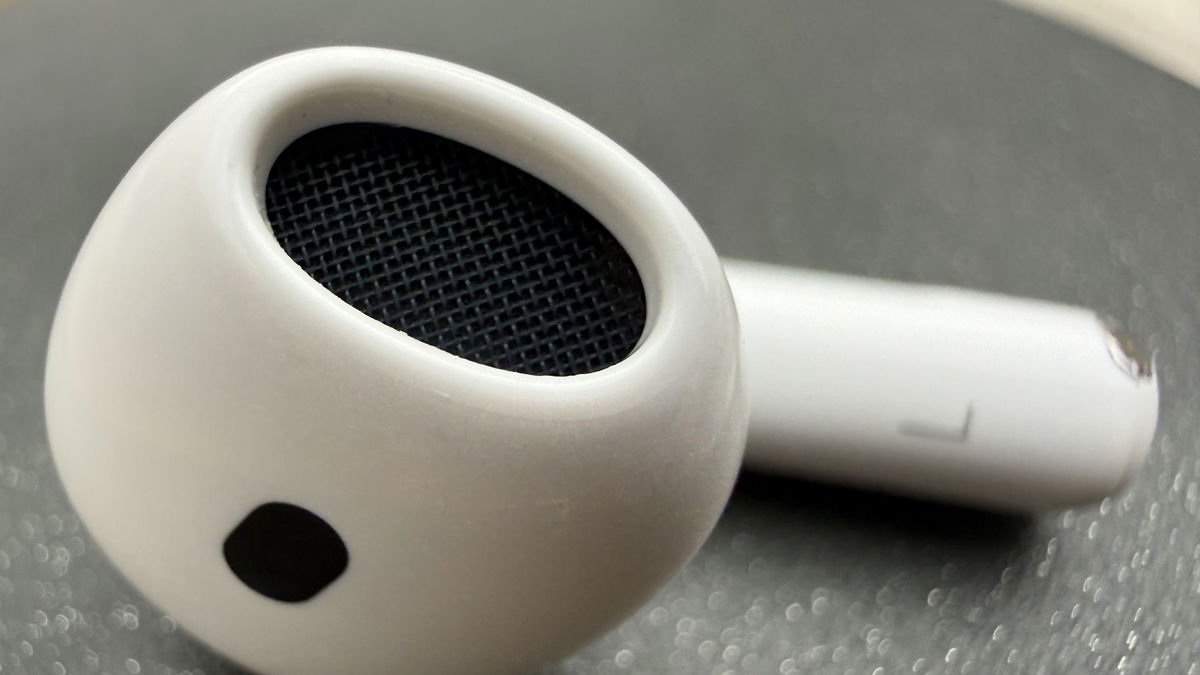Boeing 747 It was not only an aircraft that revolutionized the history of commercial flight, but also demonstrated an enviable versatility. This made it possible, for example, to adapt it to various projects in which NASA participated. From launching orbital spaceships to becoming SOFIA, an airborne observatory equipped with an infrared telescope. The latter has been an important part of some of the most important astronomical discoveries of recent years, but has recently come to the end of its useful life.
Last Thursday, September 29, SOFIA has made its final flight and completed a 12-year milestone in the service of the US space agency.. Unfortunately, the news went largely unnoticed outside the scientific realm. Something that, of course, does not overshadow its achievements, but leaves a feeling that the general public has not been able to fully appreciate the spectacle of this aviation miracle.
Throughout its history, the modified Boeing 747 has successfully completed over 900 flights. This allowed for shocking discoveries, such as the discovery of water in the portion of the Moon illuminated by the Sun, the discovery of the first type of molecules formed in the universe, and the study of fleeting astronomical events in places outside the Earth. reach of people, ground-based telescopes and many others.
For this reason, we want to take advantage of these lines to recall some of the characteristics that have made SOFIA unique.
SOFIA, a Boeing 747 converted into an airborne observatory.
SOFIA’s case is very interesting for many reasons. Among many, because its service life turned out to be shorter than the time allotted for its development. As we discussed earlier, the project was led by NASA and the German Aerospace Center, or DLR. The initiative was launched in 1996, but the modified Boeing 747 did not enter service until May 2010; although it was in 2014 when it reached full capacity.
This means that it took engineers 14 years to get the SOFIA into the air and 18 years to reach its full potential, but the aircraft only lasted 12 years. However, it is worth clarifying that the cancellation of this mission was not due to lack of interest or technical problems, but (mostly) budget problems. NASA and DLR announced last April that they would cease flying the onboard observatory no later than September 30th. Cause? Findings from the National Academies 2020 Decennial Review of Astronomy and Astrophysics, which assessed the performance of the Boeing 747.
“A report that provides NASA with peer-reviewed recommendations for the future of American astrophysics, concluded that SOFIA’s scientific productivity did not justify its operating costs.“, – explained in the agency. In addition, they indicated that the capabilities of the aircraft and its integrated telescope are not consistent with the scientific priorities set for the next decade and beyond.
impressive aircraft

The hallmark of SOFIA was the way the engineers managed to arrange its equipment. The Boeing 747 had a door on the left side of the fuselage that opened to reveal a reflecting telescope. 2.5 meters in diameter and 17 tons of weight.
The aircraft also contained equipment and instruments that allowed astronomers to collect and analyze information in flight. Its missions consisted of three or four night flights a week, with operations and maintenance tasks handled by the Armstrong Flight Research Center in California. Meanwhile, during its visits to the southern hemisphere, SOFIA was usually based in New Zealand, although it also operated from Chile.
One of the many problems the developers of the observatory had to face was the effect that fly for hours with the door open. However, the Boeing 747 pilots did not even feel it. In addition, according to NASA, the stability of the telescope was such that it was tantamount to “holding a fixed laser pointer on a penny at a distance of 16 kilometers.”
Benefits of an onboard observatory
Installing a telescope on a Boeing 747 was neither a whim nor a simple experiment. Prior to the development of SOFIA, NASA had already used the aircraft as an onboard observatory: Kuiper Airborne Observatorywho operated from 1974 to 1995 aboard a heavily modified Lockheed C-141A.
SOFIA operated at an altitude far greater than any ground-based telescope, even one mounted on a mountaintop. The Boeing 747 reached an altitude of about 12,000 meters and could fly over 90% of the water vapor in the Earth’s atmosphere. This allowed him to use more than 80% of the entire infrared range for astronomical observations.

As NASA explained, all information generated by the SOFIA telescope will be placed in the public files of the agency. This will allow astronomers from all over the world to access it.
As for the fate of the modified Boeing 747 after its decommissioning, no decision has yet been made. Since this is an aircraft owned by the US government, certain parameters must be met in order to deregister the equipment and determine its future.
This was stated by senior adviser to NASA’s Science Mission Directorate Paul Hertz. Simple Flying that, by protocol, other government agencies have priority if they want to keep the plane. However, unlikely to be repurposed for other uses. If the offer does not appear, it will go to the private sector, where it will definitely end up as a museum piece.
“Infrared astronomy will continue at NASA, primarily through the James Webb Space Telescope. But SOFIA’s many and varied contributions to science have already made their mark,” Hertz said.
Source: Hiper Textual













